How many readers out there find themselves parting Vermont’s wintery white seas? It would be interesting to see the number of mountain bikers that trade the wheels for boards during deep winter snowstorms. In the last three years I have seen an increasing number of friends born with DNA to slash snowdrifts and arc railroad track turns in the snow on skis make the transition to mountain biking during the summer months. It is hard to put a finger on the exact feeling that seems so interchangeable between skiing and biking, but it is definitely drawing more skiers to the summer time single track blue groove we all can relate to.

Recently while traveling through Wyoming on a ski trip I visited with some alumni from my school in Jackson. Kids that had spent the majority of their college time, and much of their high school winters, driving multiple hours just to get that spike of adrenaline accomplished from ski tips getting comfortable with the fall line. I was in awe to hear, “yeah, I could care less about skiing. I just want to ride bikes. I suck at skiing and can’t stop thinking about riding my bike.” Even after a few inches of fresh snow falling the day before, and the skiing in Jackson, Wyoming being close to as good as it ever gets in the East, these kids would leave their skis on the shelf for the day in exchange for fat tires. Bill McNamera looked up at me with electrified eyes. “When the skiing ‘sucks’ it’s easier to grab a fat bike, and ride the packed trails here in the valley.” It was cold that day for the area, but it wasn’t stopping this group of three.
Just one day before Silas, Bill, and Tom had summited, and skied, the Middle Teton Mountain in Teton National Park. These guys were phenomenal skiers, but they couldn’t quantify the skiing that day over the bike trails. Bill sat there with long underwear escaping from the openings of his shorts and into his tall hiking boots. If the skiing conditions wouldn’t deliver on this frigid western day they had no doubts about creating the same feeling on two wheels.

I had a ski coach one time that was equally invested in both skiing and biking worlds. During training he would try using analogies that translated the moves you did on a bike into making a turn on skis. The three main points he had that corresponded to both sports were line choice/creativity, downhill foot pressure, and hip angulation to keep your upper body perpendicular with the snow. Maybe it’s one, maybe it’s all, but this is why we are starting to see the cross contamination between skier and cyclist.
We hear all this talk about riding at night with lights “totally changing the experience of the trail.” While this disconnect from our familiarity with a trail does change what we are so accustomed to, there is definitely something to be said for the way we choose a line on different trails. My ski coach used to say, “have fun, and remember this ski course is your canvas.” Any one of us can relate to that comment when we ride a recognizable trail with someone new. Our perception of the way we ride a trail is limited to our ability as riders. When we see someone ride a different line because of their ability we try to mimic them, which evolves our own riding.
Similarly, following a friend at the ski mountain, we start to see other options to the way we had been skiing the trail all morning. As you take off the no jumping bump tweaking your skis before setting down for the landing your friend carves a different line off the same bump. Instead of going straight off of it they carve left to meet the transition situated on the side of the trail. It can be as little as a landing that you may have never noticed, but it is enough to change the way you ski or ride a section of trail.
Observing someone arcing their tires or skis around translates, with squinted eyes, into something all too closely familiar to Mr. Miyagi’s kick. While it could be the feeling of creating your own line, that feeling of propulsion created by compressed suspension releasing you out of a turn into the next obstacle is something that makes everyone come back for more.
Early in the ski season drills consisted of tedious amounts of one footed skiing. Confidence building was at the core of the drills. If you could fire off a few quick turns on one foot then the translation into two footed skiing would be that much easier. The same thing applies to riding your favorite two-wheeled steed through the most intestinal single track.
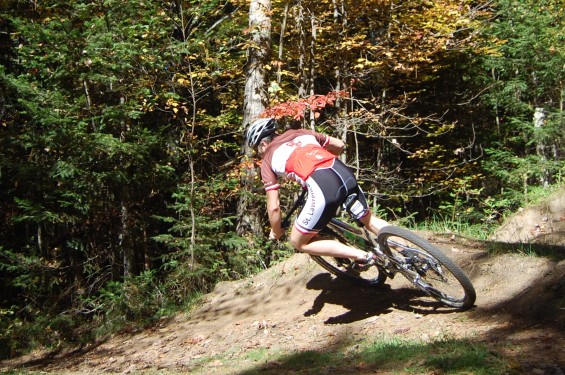
Although we can’t practice that one-foot riding think about the last time you got loose in a corner. Yeah, that time your line was a little too straight—yep the foot’s coming off this time you thought. On a left turn, taking your left foot off the pedal while your right falls to the bottom of its pedal stroke, your tires suddenly augur into moist soil. You don’t even have to drag the foot. The sudden weight change with more emphasis put onto your downhill foot makes those tires, you thought should have been replaced a month ago, arc through the soft dirt like ski edges in fresh corduroy.
Going along with emphasizing the weight we put on our downhill feet is the angle of our upper body in relation to the ground. Sure, we have all seen that Specialized ad. with Matt Hunter’s body parallel to the ground, and the end of his handlebar grazing the ground. But in a world where we everyday riders have a different relationship with gravity, it is important to keep the upper bodies perpendicular to the ground, and facing downhill.
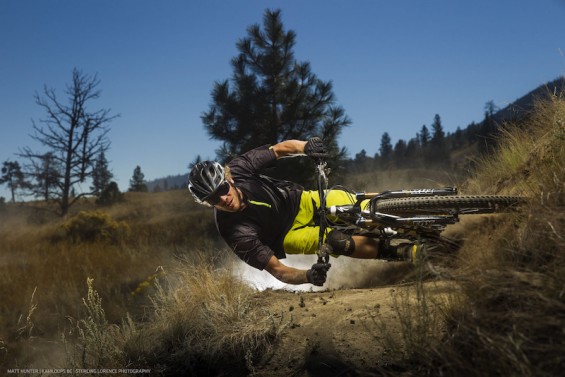
Just like that cousin sport of ours, skiing, it allows us to put more weight on our downhill foot. In addition, on corners with little to no berm, an upright upper body allows us to stay in an attack position so we can dive our tires into the next turn or over the next obstacle.
With ski season coming to a close and fiddle head lined trails lingering around the corner, keep in mind the similarities between these two activities. If you play around with these three moves I am sure you’ll feel the overlap between sports.

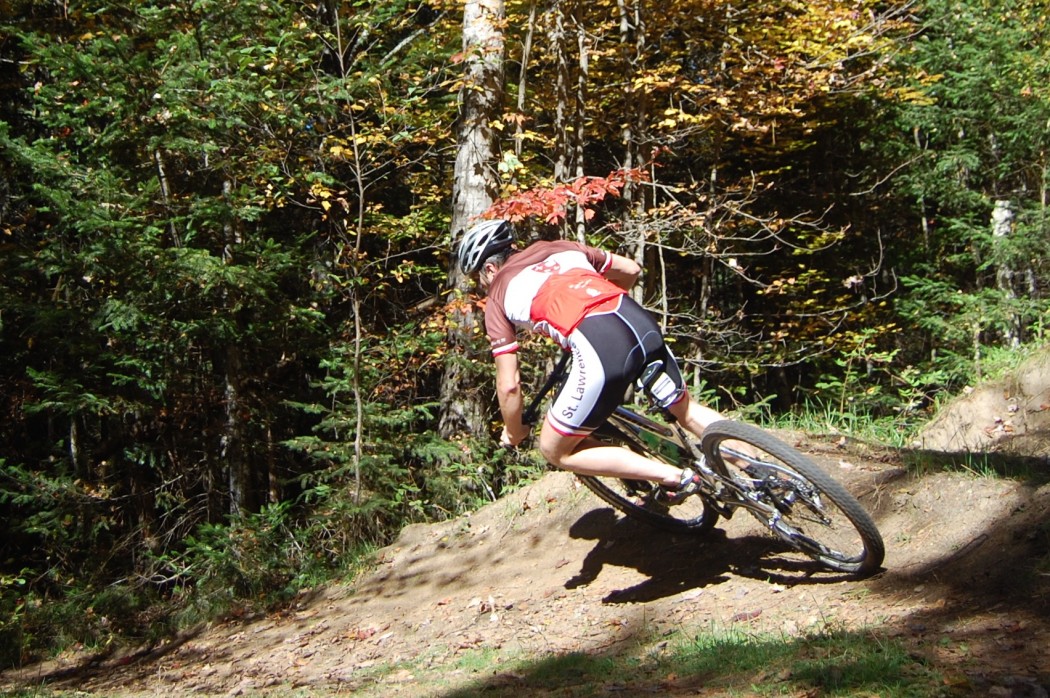
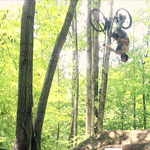
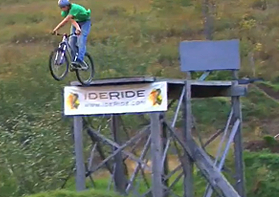
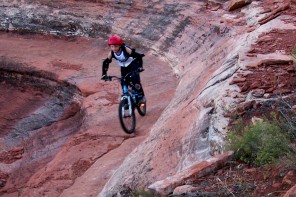
I ride until the trails are covered with snow, then ski until the MTB trails dry out.
the biggest difference between a ski and MTB turn is that in a bike turn on flat ground only the bike should lean, and in a ski turn only the legs below the hip socket joint should lean.
Also packie has a really good point about in skiing on MTB on less then hard snow(or smooth trail) that some inside weighting is good. At least on skis learning how to be actually balanced on your outside leg lets you more easily balance on your inside ski when needed.
Also stop using Downhill foot, its the outside foot which in both end up downhill but actually starts uphill.